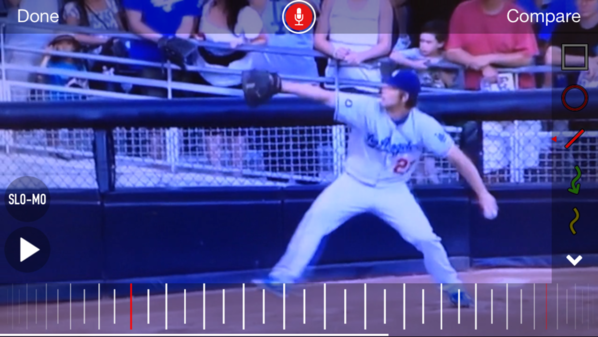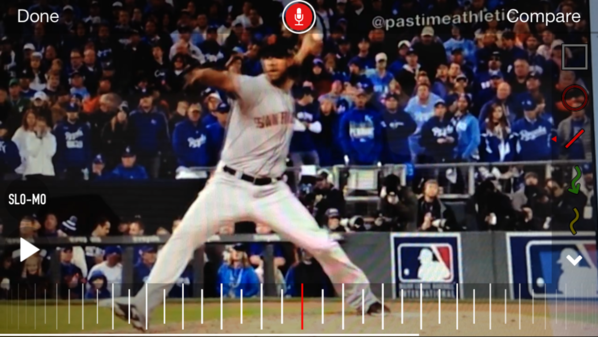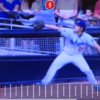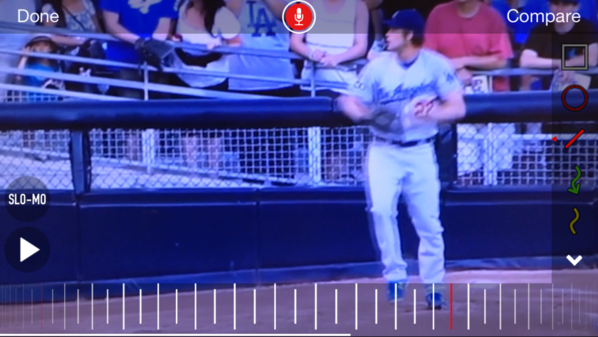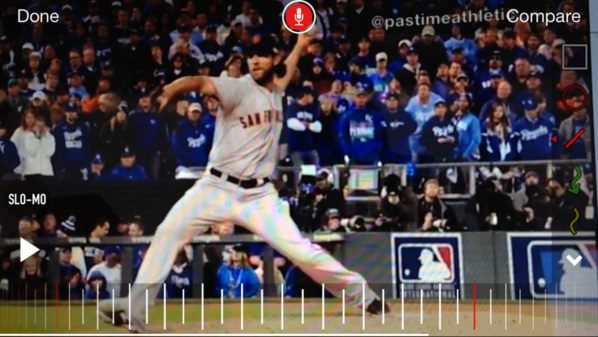1. Never said or implied this is a magic bullet. But is an important ingredient.
2. I have specifically mentioned that it will add velocity only assuming all other mechanical aspects remain sound.
3. Video is for overall mechanical analysis timing is for quickening the stride
4. Measuring device would be a running stopwatch app. Agree manually started stopwatch would be way too inaccurate. By use of a high speed camera you take time at point hip starts forward and subtract it from time at footstrike and you have a highly accurate time.
5. Finally the timing is an assesment tool not an instructional tool. You watch the video iron out mechanics and then the timing would be a PART of an assessment of how your progress is coming.
So let's just play the what if game for a moment. As we all know pitchers vary even throughout a pen or game by as much as 5mph sometimes more. If by timing I found a direct correlation between stride time and velocity would that be worthwhile information?

